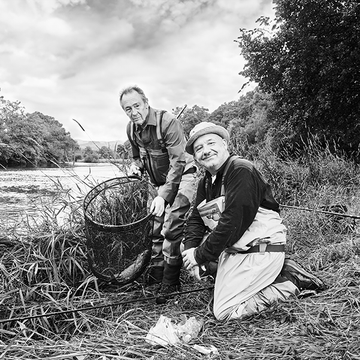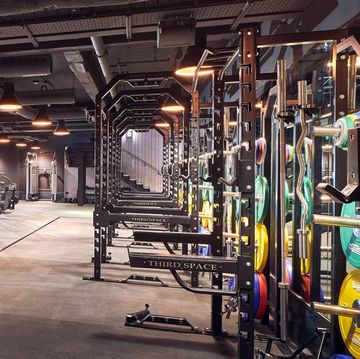It's sometimes hard to know how best to train for a 10k – whether you're taking part for pure fun and enjoyment or you're running a race to get a good time.
We spoke to Nick Anderson Saucony UK coach to get his 10K tips (the running guru and international athletics coach has 25+ years of experience) in order for you to get the most out of your running and training, whatever your goal…
1. Speed and endurance
"If you can start fast but struggle to maintain your speed, build endurance by adding extra mileage either side of your speed session, and try to fit in a 10-mile long run at a slower pace once a week. If you've already mastered the distance, build on your base and sharpen with short speed sessions once or twice a week. For example, 6-12 x 400m reps, or fartlek training."
2. Pyramid sessions
"Add longer intervals into your training routine, for example a pyramid session, where you run hard for one minute, 90 seconds, three minutes, five minutes, and then take it back down (five, three, 90, one). You can also add some endurance to the speed by making your recovery between reps a bit 'pacier'. E.g. three minutes run at half marathon pace as opposed to walking or jogging."
3. Develop explosive power
"Try plyometric box jumps (on a plyometric box) to develop power. Matt Shore's Mind Body Goal can help to develop the glutes, quads, hamstrings and calves while strengthening the ligaments and tendons in the hips, knees and ankles. Do 10 or more reps once a week to transform your leg strength and improve your 10K time."
4. Build leg strength
"Alternate jump lunges (by Matt Shore, at Mind Body Goal) are a useful exercise for developing unilateral leg strength and power in the main muscles of the hips and lower limbs. Ensure you keep an upright torso and hit good depth as you decelerate into the lunge, before exploding back up and switching legs mid air."
5. Run a 5K
"If you don't have much race-day experience and you're keen to improve on your time, 5K is an excellent place to start. Parkrun provides free, weekly, timed 5K runs across the country. You don't have to go every week, but building time trials into your training will help you monitor your progress and learn how to put yourself on the line."
6. Hills
"For the first six weeks of a 10K schedule, train on a long hill to build strength endurance and run at 10K pace up the hill. For the second six weeks, run harder repeats for 45-90 seconds. To build speed endurance sandwich the shorter/faster reps with five minutes at threshold running either side of the reps."
7. Pacing
"It's a common mistake to go off too fast in shorter races like 10K. Ease into the pace, run the middle part of the race at the 10K pace you practiced in training and for the last 2-3K, run hard. To rehearse this in training, try six to 10 minutes at threshold pace, with two to three minutes recovery, then 4 x 1K reps at goal 10K pace (e.g. five mins for 40 minute 10K) with 90 second recoveries, then recovery jog for two to three minutes, followed by 5 x 400m at 5K pace, with the recovery reducing from 60, to 45, 30 and 15 seconds."
8. Food for thought
"Don't try to eat anything different pre-race. Opt for slow-release carbohydrates, like porridge and whole grains, and avoid protein before a run. I'd also recommend taking in a high-carb drink, for example, High Five. This will keep your sugar levels high for the race. And as a runner's rule of thumb, our motto is, 'Never hungry, never over full.'"














